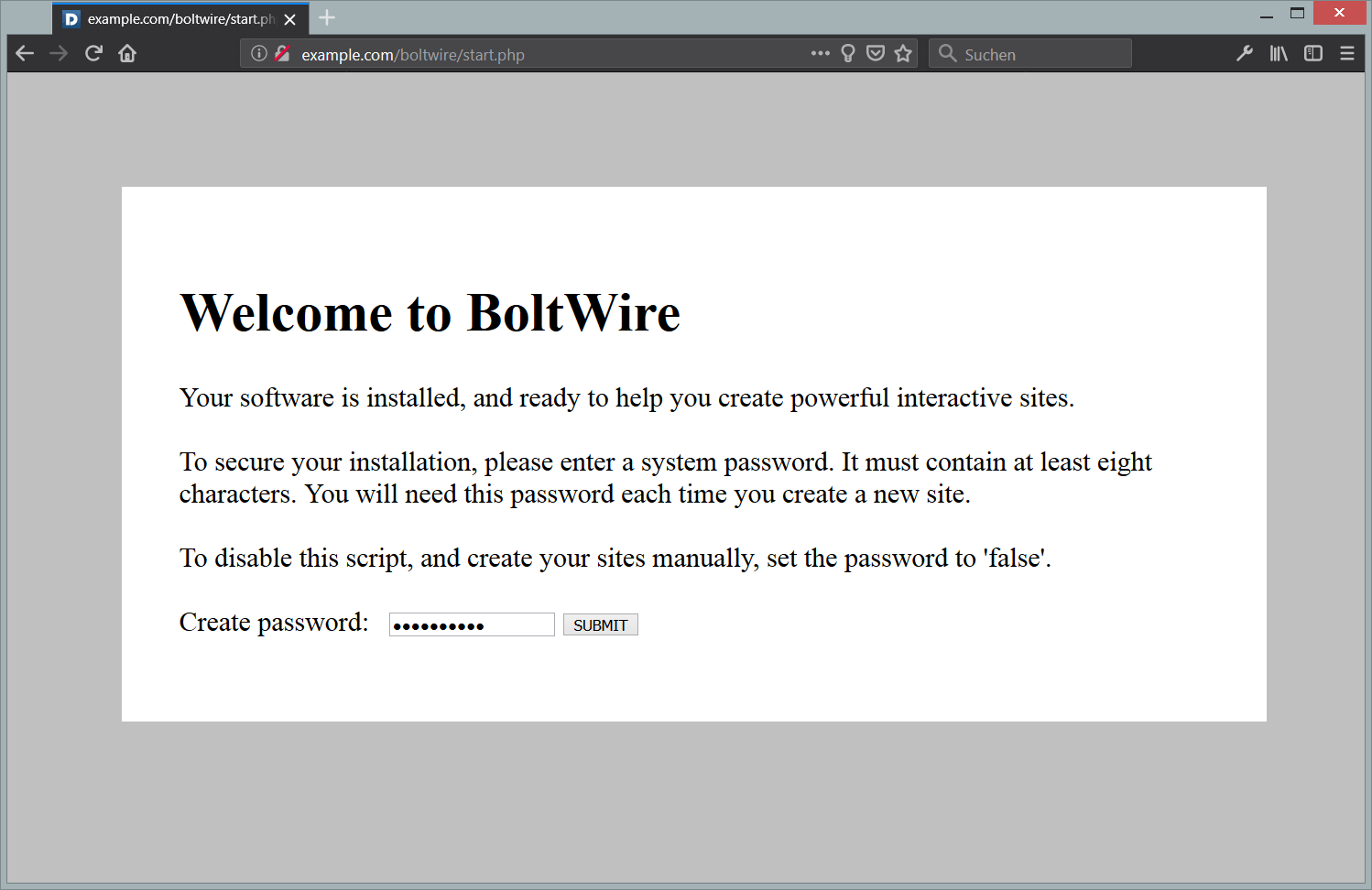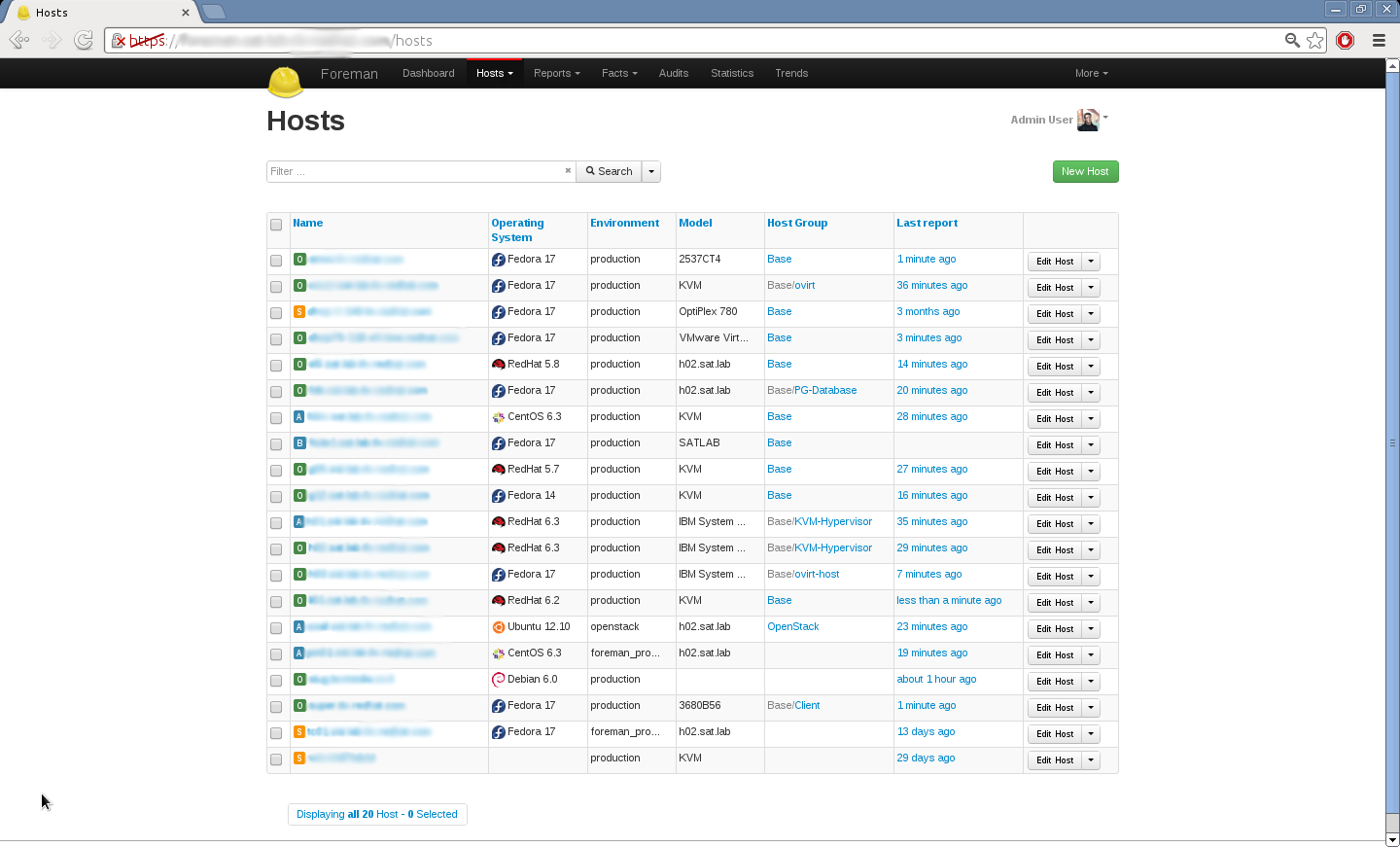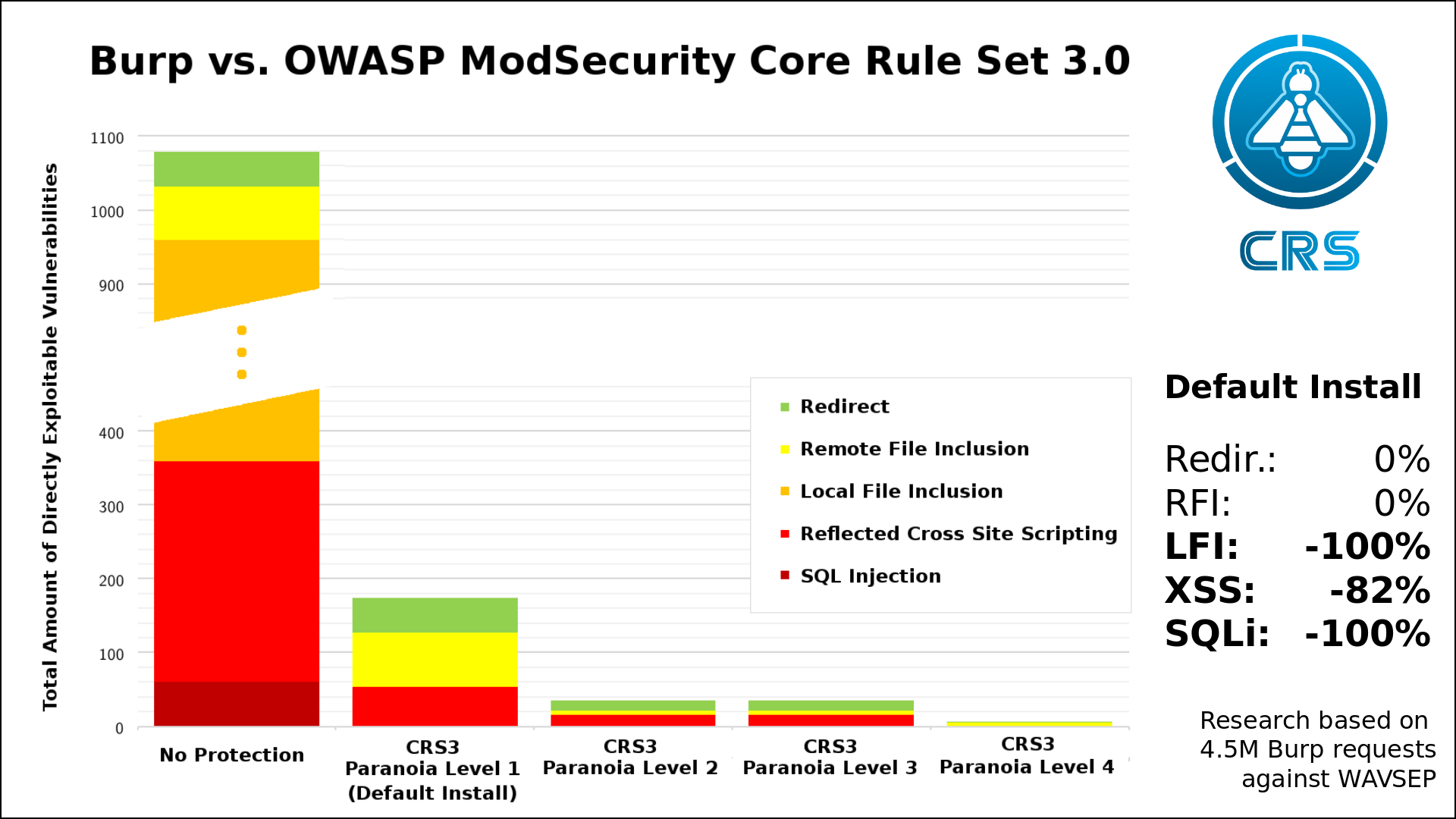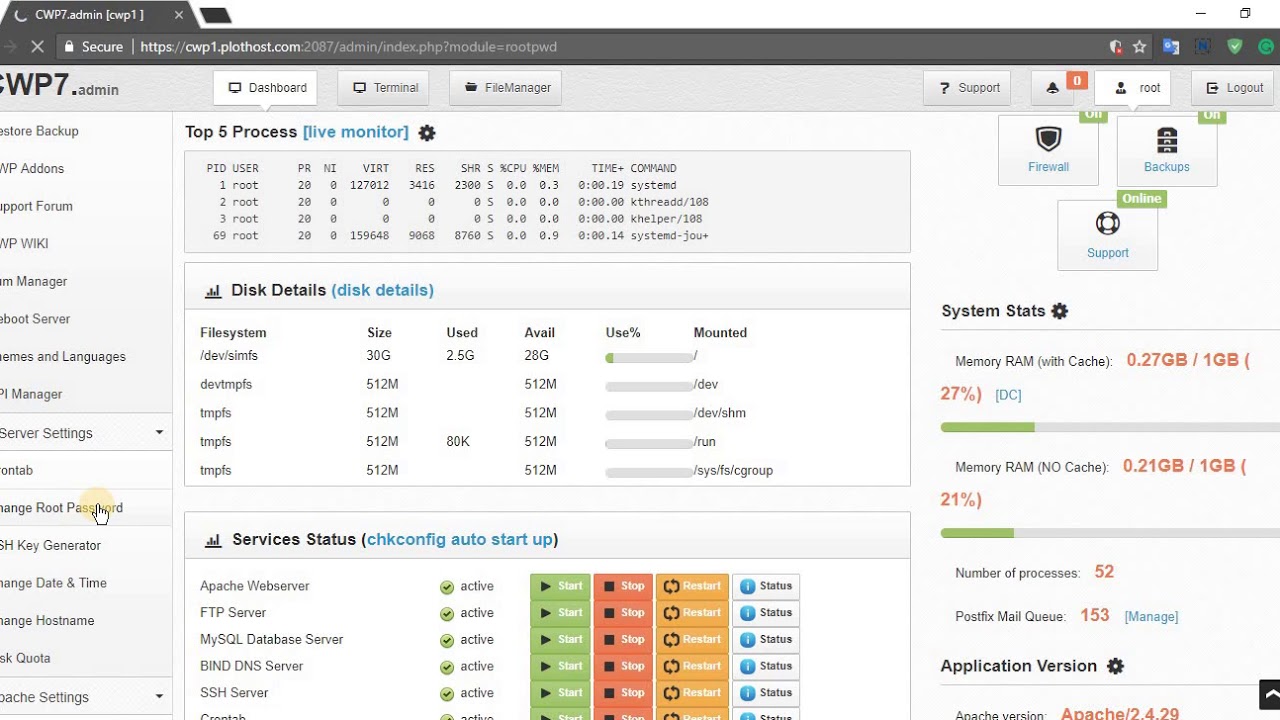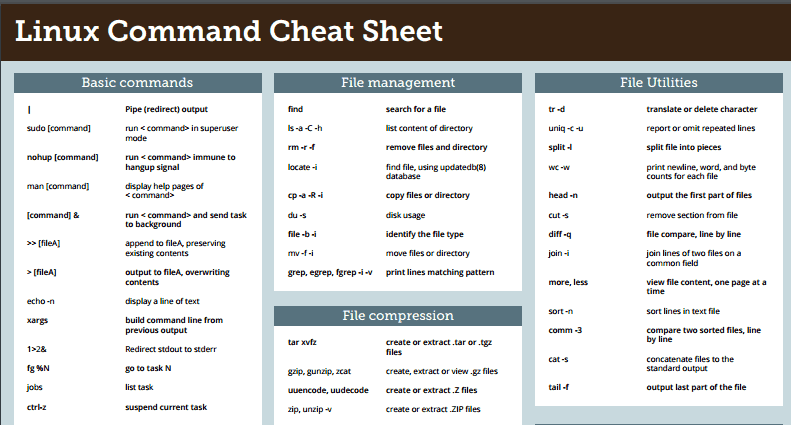Introduction
Ngx-pagespeed is an open source Nginx module that speeds up your site and reduces page load time. It does so by rewriting web pages to reduce latency and bandwidth. Ngx-pagespeed also provides many optimization filters that are used to optimize various files such as css, html, png, and jpg.
Prerequisites
- A newly deployed Vultr instance running CentOS 7.
- A sudo user.
Step 1: Update the system
Before installing any packages on your CentOS server instance, it is recommended to update the system. Login using the sudo user and run the following commands to update the system.
sudo yum -y update
sudo reboot
Once the system has rebooted, log in again as the sudo user and continue with the next steps.
Step 2: Download dependencies
To install Nginx with ngx-pagespeed we have to compile Nginx from source. To do so we need to download some software by running the following command.
sudo yum -y install gcc-c++ pcre-devel zlib-devel make unzip
Next, we need to download the source code for Nginx and ngx-pagespeed.
At the time of writing, the latest stable version of is Nginx 1.12.0 and the latest ngx-pagespeed version is 1.12.34.2.
NPS_VERSION=1.12.34.2
NGINX_VERSION=1.12.0
wget http://nginx.org/download/nginx-${NGINX_VERSION}.tar.gz
wget https://github.com/pagespeed/ngx_pagespeed/archive/v${NPS_VERSION}-beta.zip
Extract the downloaded packages.
tar -xvzf nginx-${NGINX_VERSION}.tar.gz
unzip v${NPS_VERSION}-beta.zip
Step 3: Download PageSpeed Optimization Libraries
The PageSpeed Optimization Libraries (psol) are required to compile Nginx. Download and extract them in the ngx-pagespeed source directory with the following commands.
cd ngx_pagespeed-${NPS_VERSION}-beta
psol_url=https://dl.google.com/dl/page-speed/psol/${NPS_VERSION}.tar.gz
[ -e scripts/format_binary_url.sh ] && psol_url=$(scripts/format_binary_url.sh PSOL_BINARY_URL)
wget ${psol_url}
tar -xzvf $(basename ${psol_url})
cd ..
Step 4: Configure and compile Nginx
The Nginx source can now be compiled with the pagespeed module. Go to the Nginx source directory.
cd nginx-${NGINX_VERSION}
Configure the source with the following command.
./configure --add-module=$HOME/ngx_pagespeed-${NPS_VERSION}-beta --user=nobody --group=nobody --pid-path=/var/run/nginx.pid ${PS_NGX_EXTRA_FLAGS}
Once the configuration is completed, compile Nginx with the command:
sudo make
This can take several minutes. After that you can go ahead and install the software with the command:
sudo make install
Nginx has now been installed in the directory /usr/local/nginx. For convenience, we can create the following symlinks:
sudo ln -s /usr/local/nginx/conf/ /etc/nginx
sudo ln -s /usr/local/nginx/sbin/nginx /usr/sbin/nginx
Step 5: Create Startup Script
To be able to stop and start Nginx you have to manually create a startup script. A template for this is provided by Nginx here. Copy content of the template and insert it into the /etc/init.d/nginx file using a text editor such as nano. Also set the right permissions for the file.
sudo nano /etc/init.d/nginx
sudo chmod +x /etc/init.d/nginx
You can now start and then add it to the default runlevels (so Nginx starts and stops along with your instance) with the command:
sudo service nginx start
sudo systemctl enable nginx
Step 6: Enable ngx_pagespeed
To enable ngx-pagespeed, start by creating a cache directory and assigning ownership for it to Nginx:
sudo mkdir -p /var/ngx_pagespeed_cache
sudo chown -R nobody:nobody /var/ngx_pagespeed_cache
Open the /etc/nginx/nginx.conf file:
sudo nano /etc/nginx/nginx.conf
And add the following lines within the server block:
##
# Pagespeed main settings
pagespeed on;
pagespeed FileCachePath /var/ngx_pagespeed_cache;
# Ensure requests for pagespeed optimized resources go to the pagespeed
# handler and no extraneous headers get set.
location ~ "/.pagespeed/.([a-z]/.)?[a-z]{2}/.[^.]{10}/.[^.]+" { add_header "" ""; }
location ~ "^/ngx_pagespeed_static/" { }
location ~ "^/ngx_pagespeed_beacon" { }
Finally, restart Nginx for the changes to take effect:
sudo systemctl restart nginx
Step 6: Test
To check if ngx-pagespeed was properly installed on your server, run the following command:
curl -I -p http://localhost| grep X-Page-Speed
The outpout should looks like this:
X-Page-Speed: 1.12.34.2-0
Ngx-pagespeed is now installed on your server. If you don’t get this outpout, make sure that you’ve enabled ngx-pagespeed as explained before.
Want to contribute?
You could earn up to $300 by adding new articles
Suggest an update
Request an article



